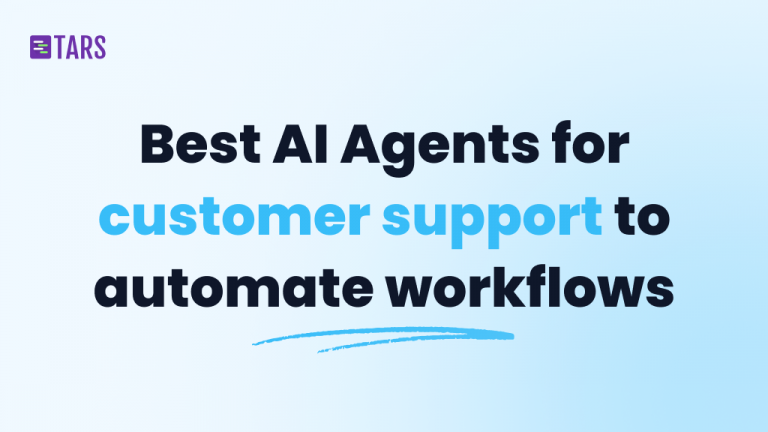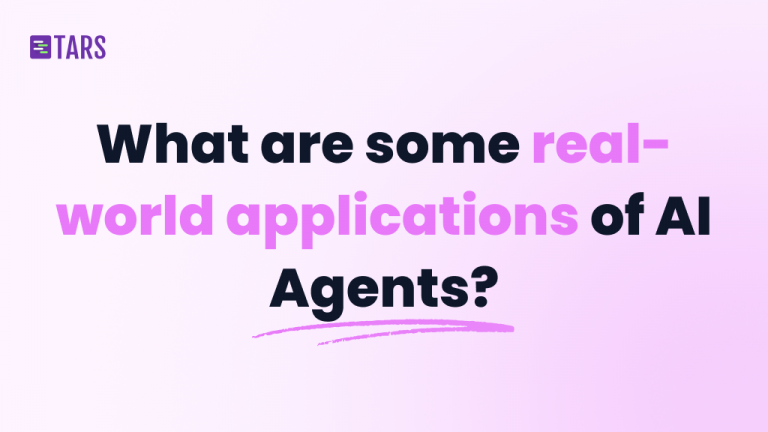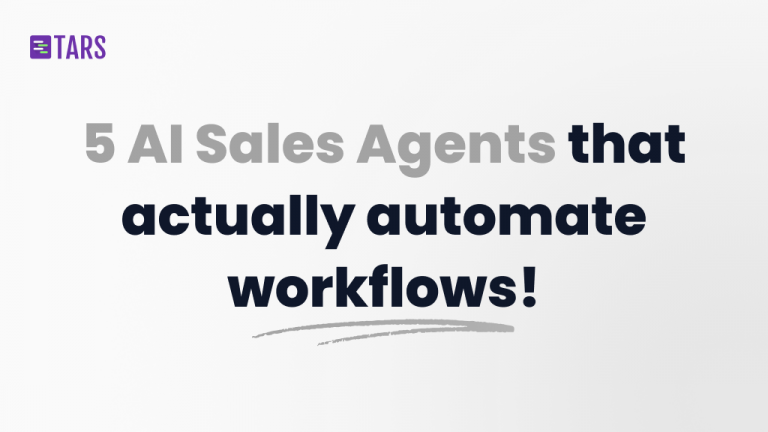The Secret to a High-Converting Lead Generation Form

It’s time to let your Lead Generation Form die.
If you run a digital marketing campaign, there is a good chance that you are using a form to capture leads. This is a problem. In a world where Instagram and Snapchat are a few taps away, form-filling is one of the most mundane tasks your prospects can encounter. Thousands of prospects drop from your landing page as soon as they realize they have to fill out a form.
This is causing your conversion rate to fall off a cliff!

Your conversion rate while using a lead generation form👆👆
Till recently, there wasn’t a way to get around this problem. Past band-aid hacks like reducing the number fields in your forms, digital marketers had no alternative to the lead generation form. The last 2 years, however, have seen significant developments which should give you reason to celebrate.
Many solutions have emerged which have a good shot at fixing the lead generation form problem. What is the underlying secret that unites these technologies? They are all conversational.
The Issue with Lead Generation Forms
A lead generation form is a medium of communication like texting. Like those other mediums of communication, one person (the prospect) composes a message (fills out the fields), and hits a button to send it to another person (a sales rep). Of course, the lead generation form is also fundamentally different from traditional mediums of communication. Texting is conversational. You message me, I reply back, you reply back and on it goes. In a lead generation form however, information is provided in one direction. Once a prospect hits submit, there is no instant response. A sales rep follows up minutes, often hours later.
This one-way pattern of communication that makes form-filling a lonely and impersonal process.

Prospects fill out lead generation forms alone, using their own time and their own effort. The business asking them to fill out the form is not present! Whether reasonable or not, in an age where prospects are accustomed to buying things instantly, this lack of presence is unacceptable.
The Solution
In 2016, Joshua Browder, a Stanford undergrad who had just begun to drive, incurred several parking tickets. While trying to squash them, he realized that the process was unengaging, but “formulaic.” Citizens had to compose a letter containing a fixed set of details and send it to their city government. In essence, the letter could follow a template with individuals filling their own individual details into a set of blanks. To help himself, and the thousands of other citizens (often elderly or disabled) who faced a similar problem, Joshua built a simple piece of software which asked aggrieved citizens for their details in a conversational manner. The software would fill the template and give it to the citizen who could then send it to the city. In the following months, this piece of software helped squash over 200,000 parking tickets. This story serves as a template for how businesses too can make their lead generation forms more engaging.
Expecting businesses to be present and have direct contact with every single prospect that lands on their landing page is unreasonable.
Human agents are expensive. They get tired, hungry, stressed and they need leave to go for their college roommate’s wedding. Hiring enough of them to deal with every prospect in a timely fashion would require a Scrooge McDuck-esque fortune, which most businesses do not have.

But making forms look and feel more conversational is doable, and will make the lead generation process engaging.
[READ MORE: This company increased their conversion rate by 2x using a chatbot]
What does a Conversational Lead Generation form look like?
Take a form, ask each field one at a time through a chat interface. Kind of like this : To be clear, there doesn’t have to be an actual human being on the other side of the chat. You just have to make the form look like a chat. Doing so will give prospects the perception of a personalized experience. In return they will reward you with a higher conversion rate. The example above for example, helped the company using the bot increase their conversion rate by 50%
To be clear, there doesn’t have to be an actual human being on the other side of the chat. You just have to make the form look like a chat. Doing so will give prospects the perception of a personalized experience. In return they will reward you with a higher conversion rate. The example above for example, helped the company using the bot increase their conversion rate by 50%
[READ MORE: Automotive Dynamics increased their conversion rate by 50% using a conversational lead generation form]
The Upshot
Whether you run Paid Ad Campaigns or have invested in bringing organic traffic to your site, your lead generation form is sabotaging your digital marketing efforts. The way traditional forms are designed makes them unengaging for your prospects to fill out. Unengaged prospects mean high bounce rates, low conversion rates and above all, lost business. Making your lead generation forms more conversational solves this problem. It provides prospects with the personalized engagement which they have been conditioned to expect.
Arnav is the Director of Content Marketing at Tars. He spends most days building bots, writing about conversational design and scrolling through Giphy’s trending section looking for the gifs that go into the Tars Newsletter.
Recommended Reading: Check Out Our Favorite Blog Posts!

Best AI Agents for customer support in 2025

What are some real-world applications of AI Agents? A comprehensive guide

5 AI Sales Agents that actually make your team time and automate workflows

Our journey in a few numbers
With Tars you can build Conversational AI Agents that truly understand your needs and create intelligent conversations.
years in the conversational AI space
global brands have worked with us
customer conversations automated
countries with deployed AI Agents




